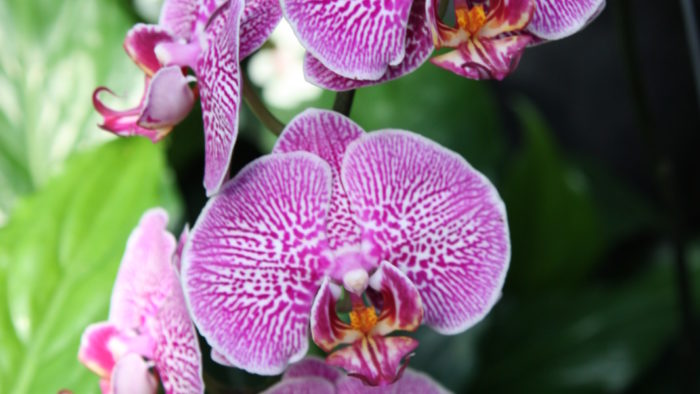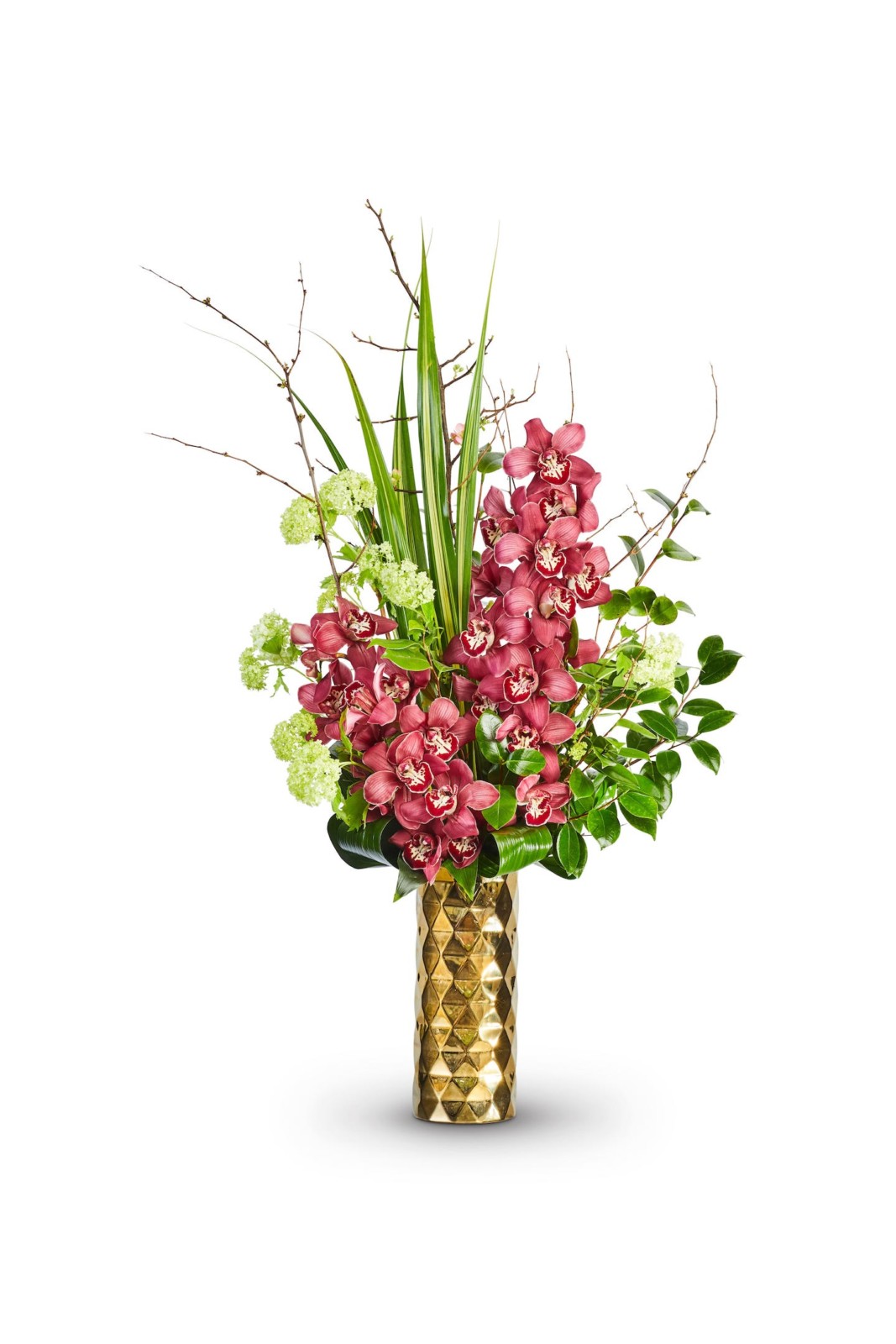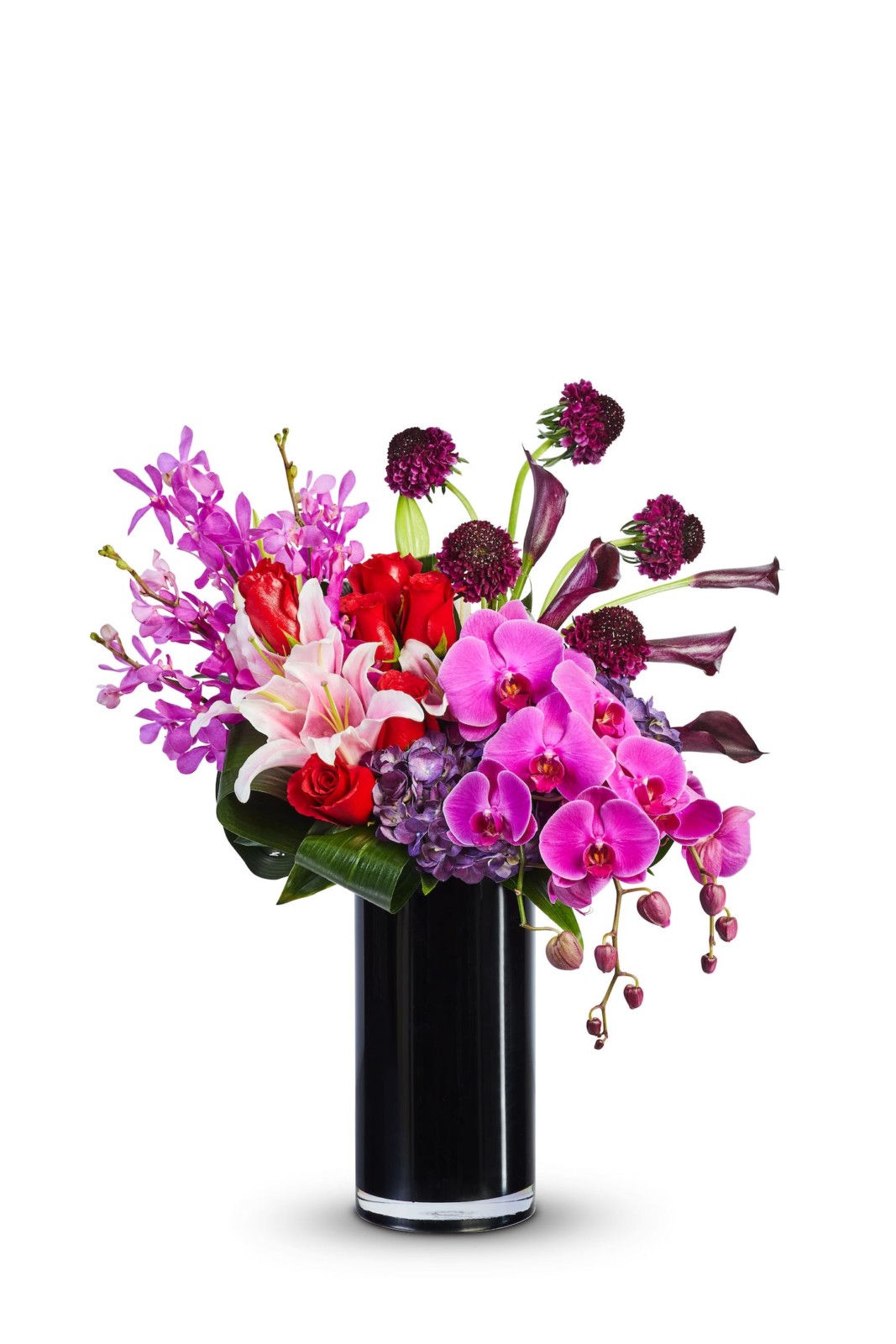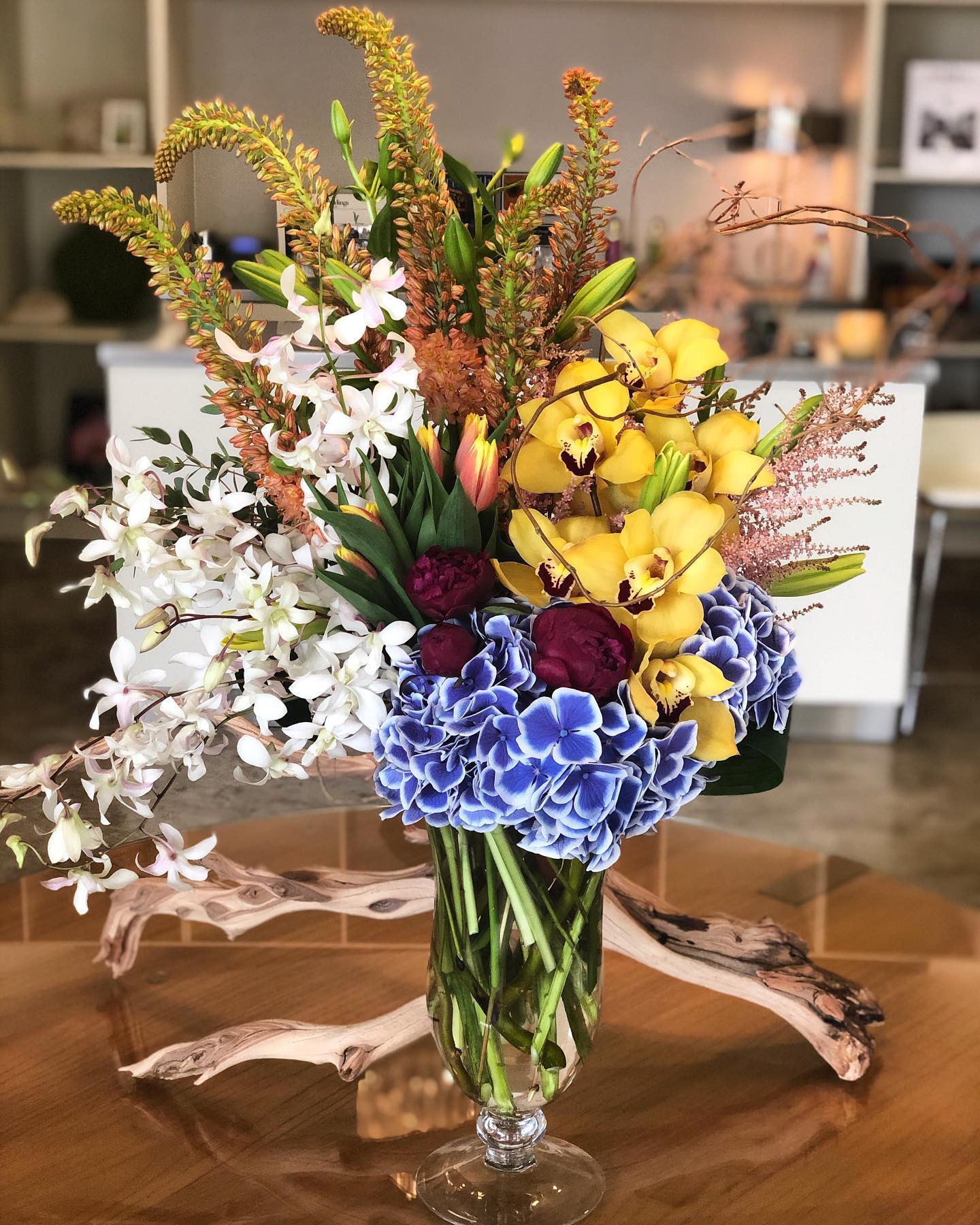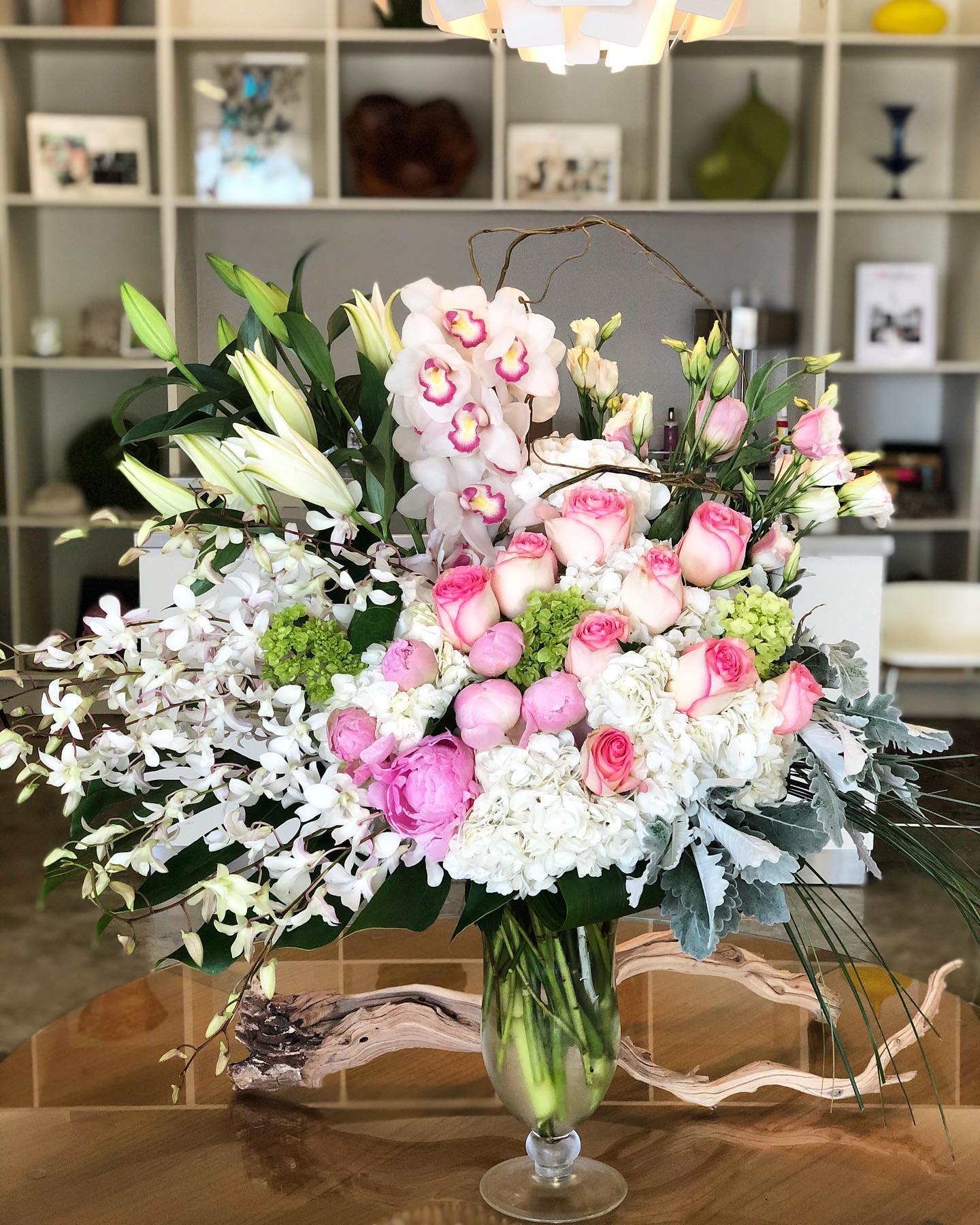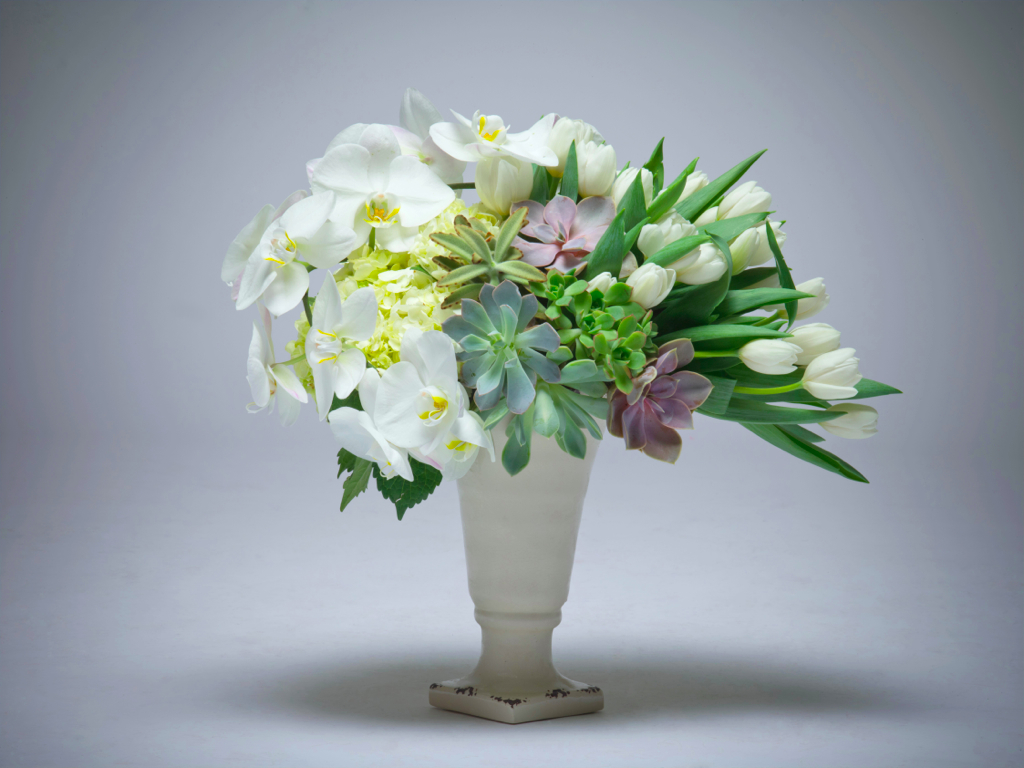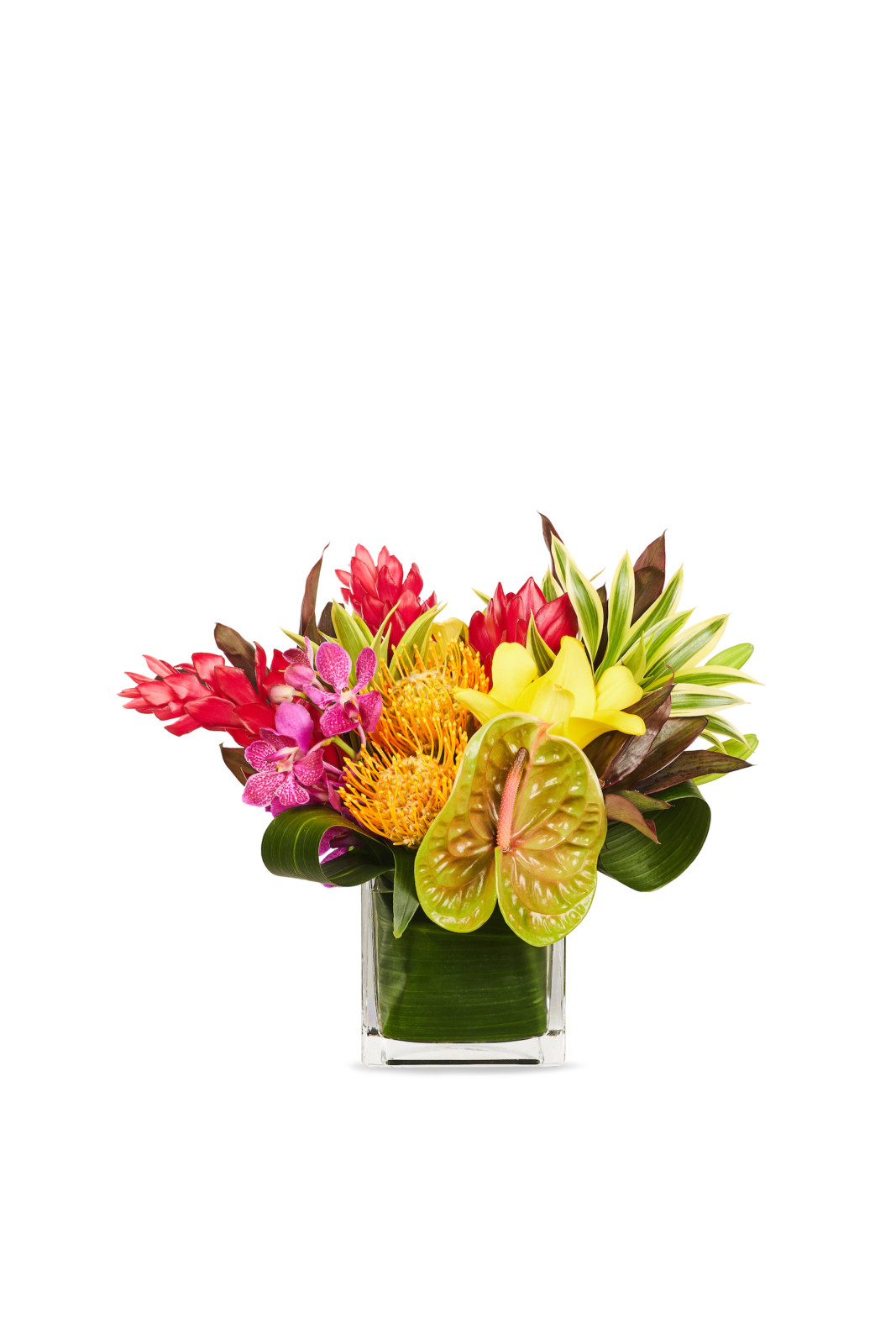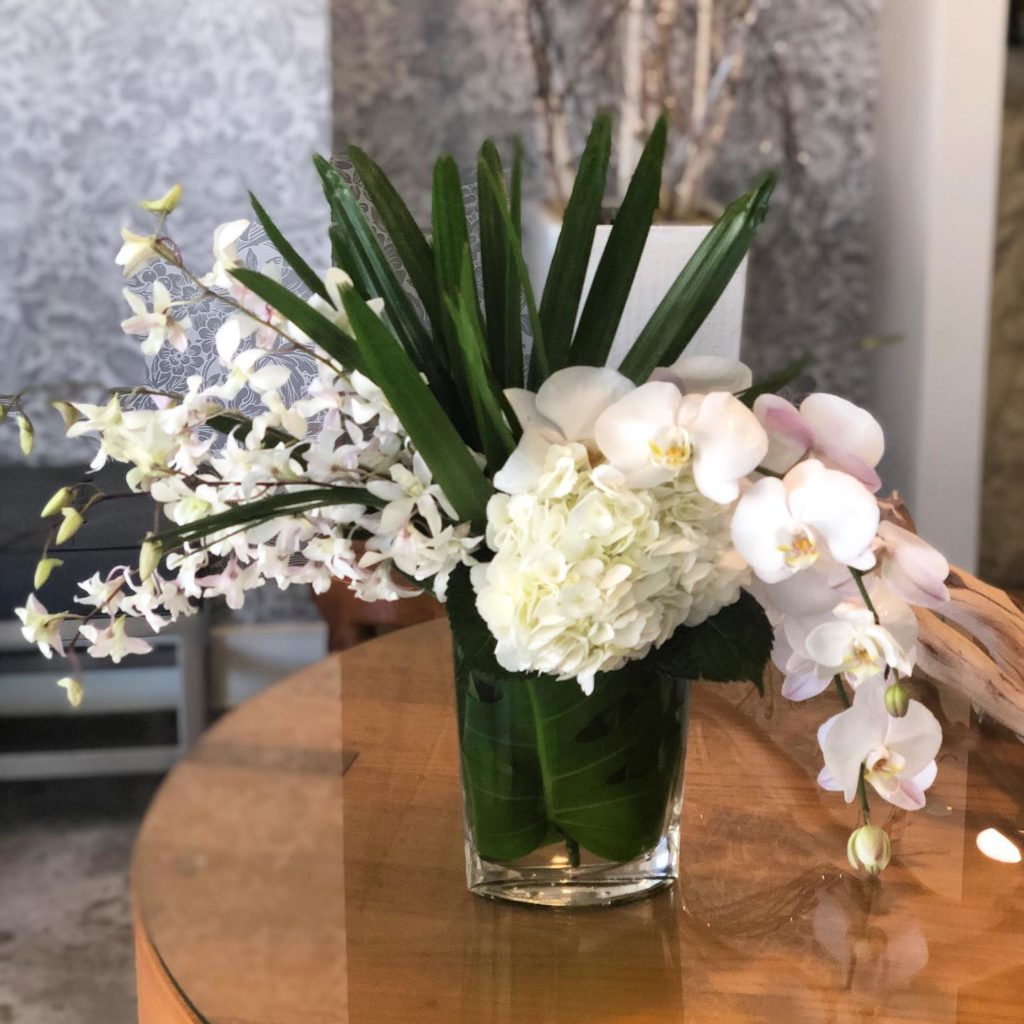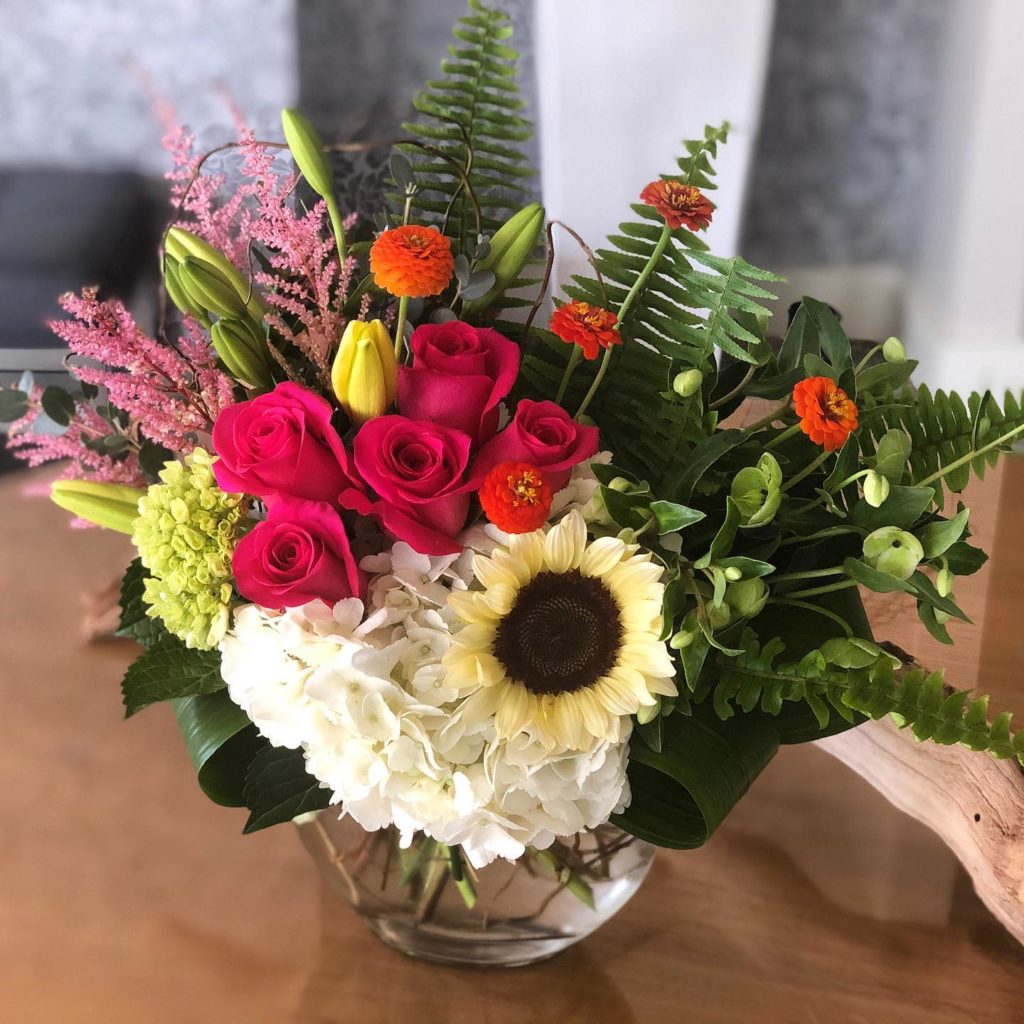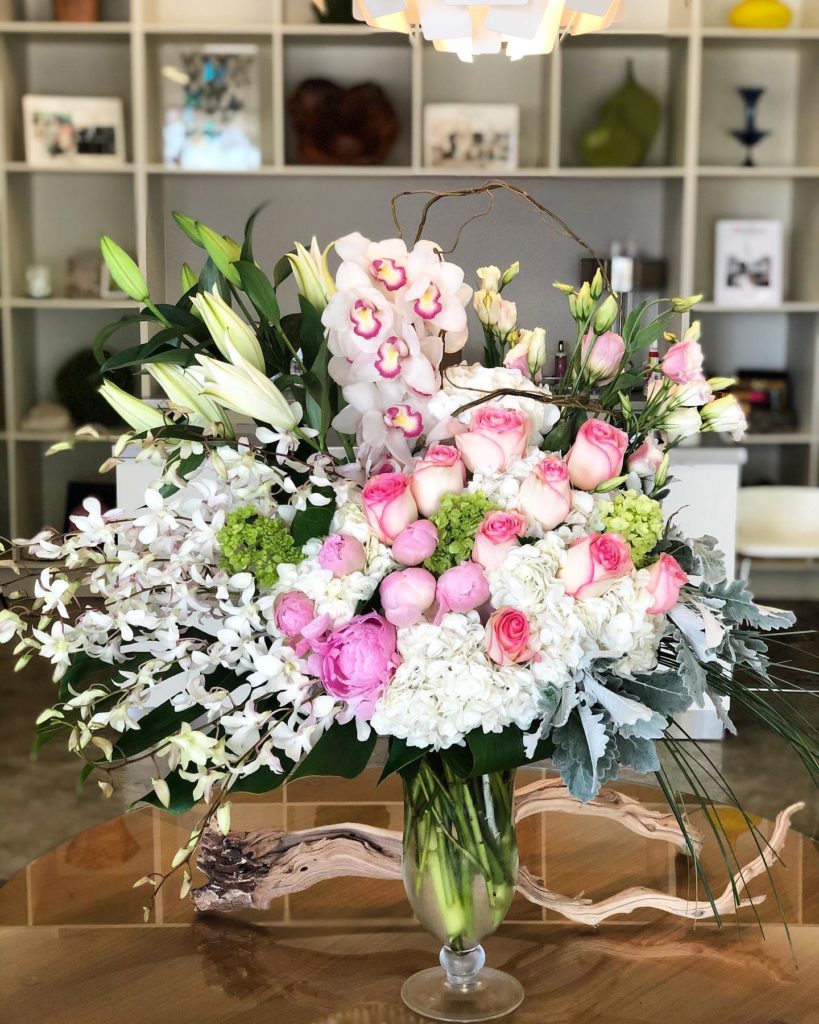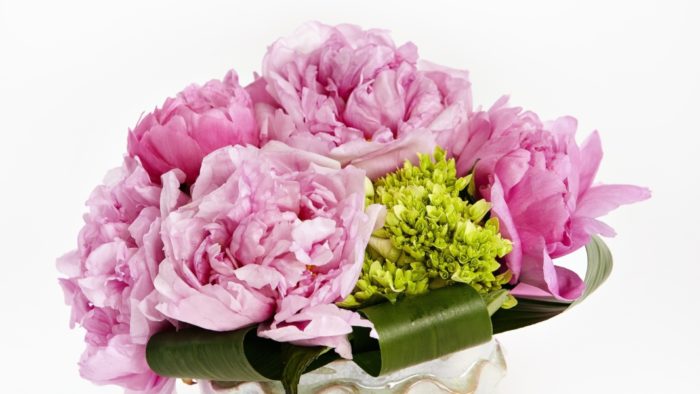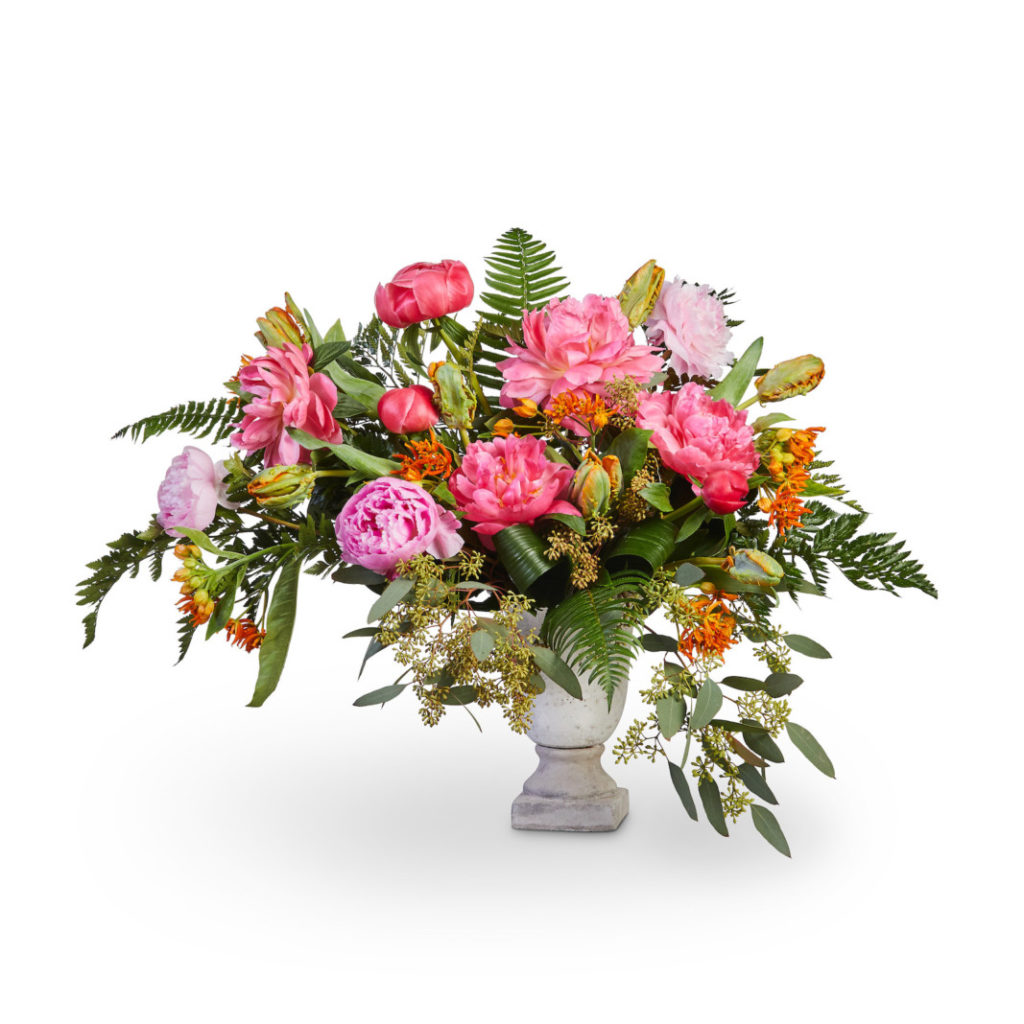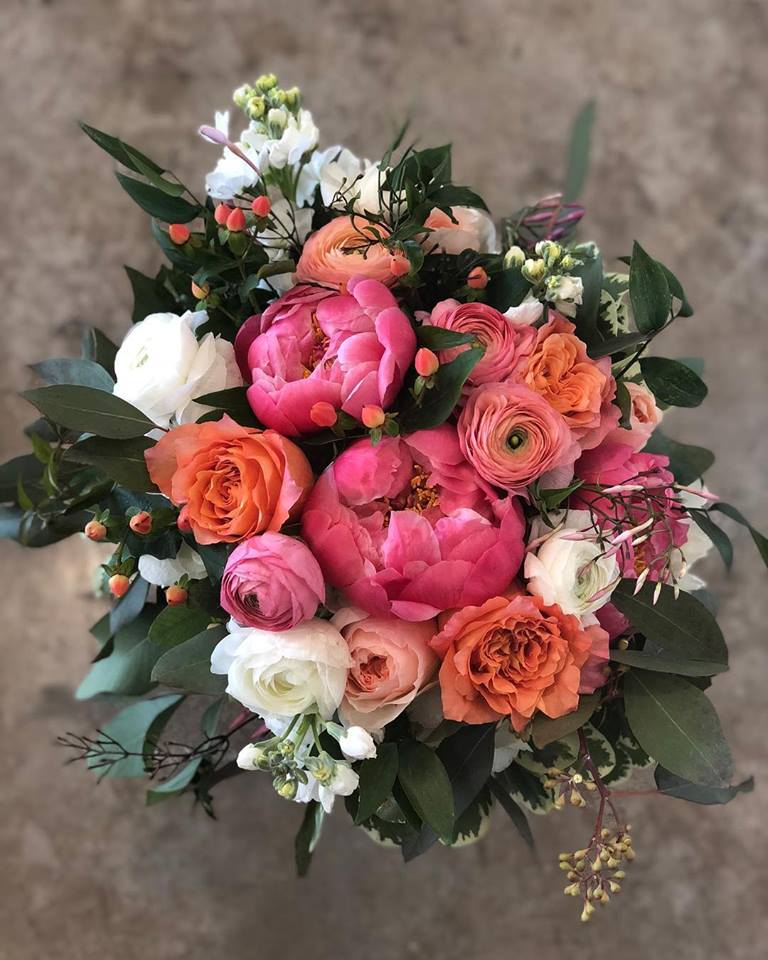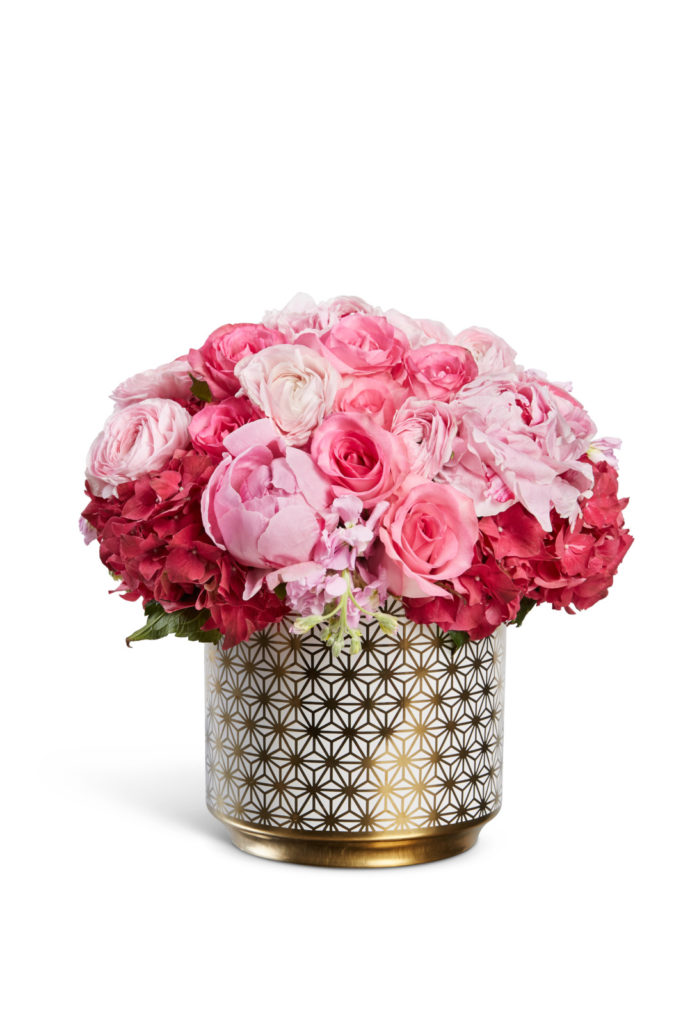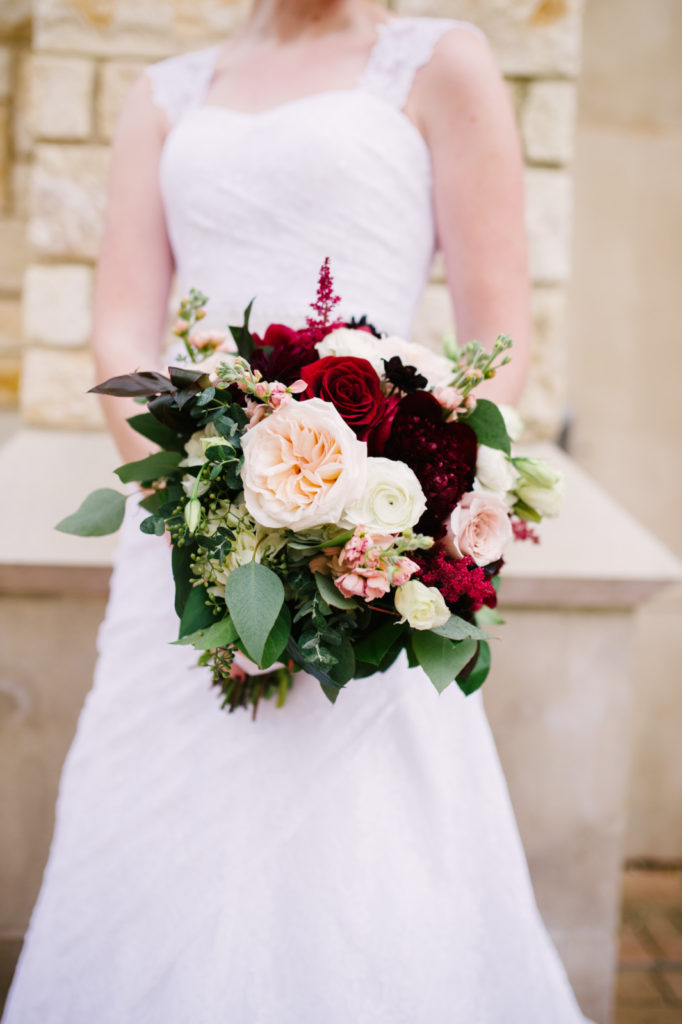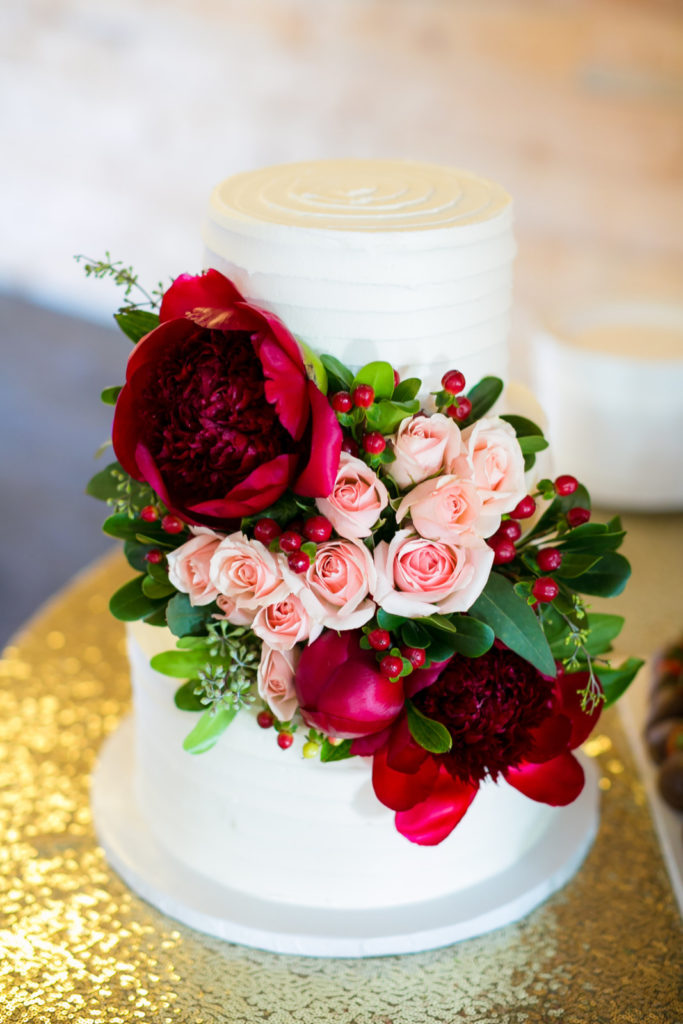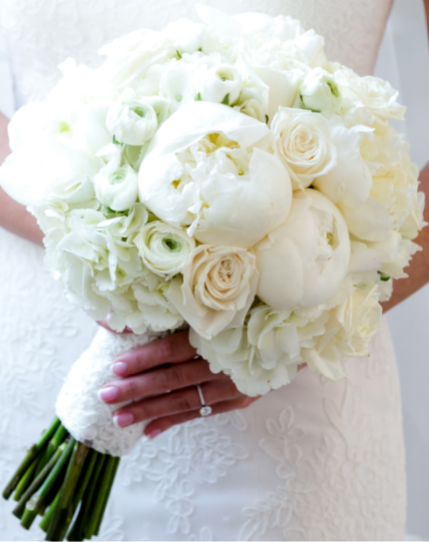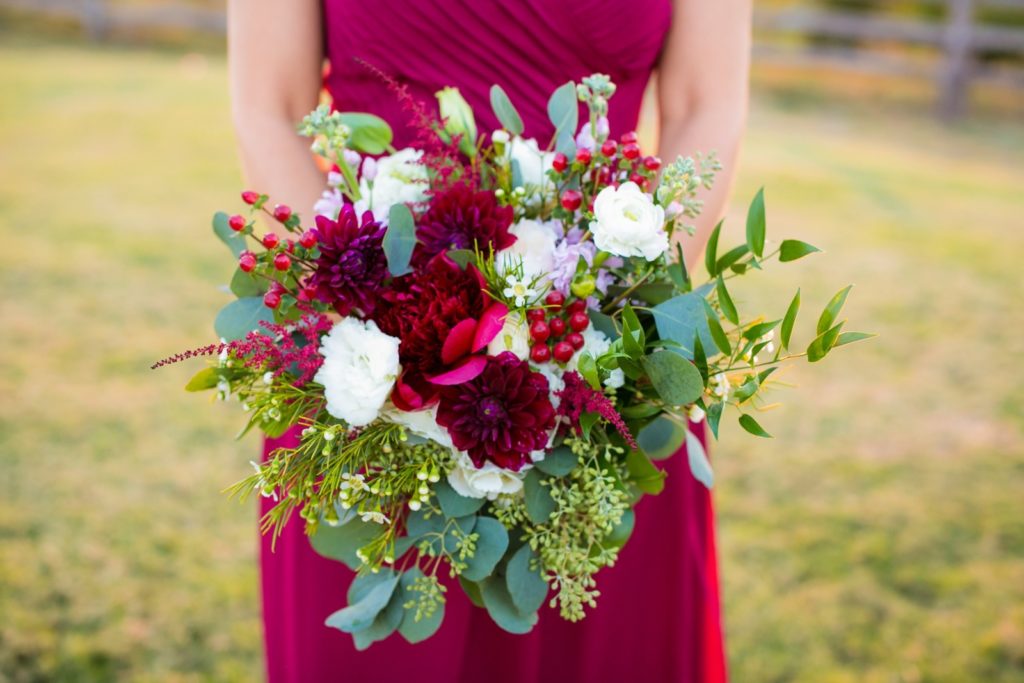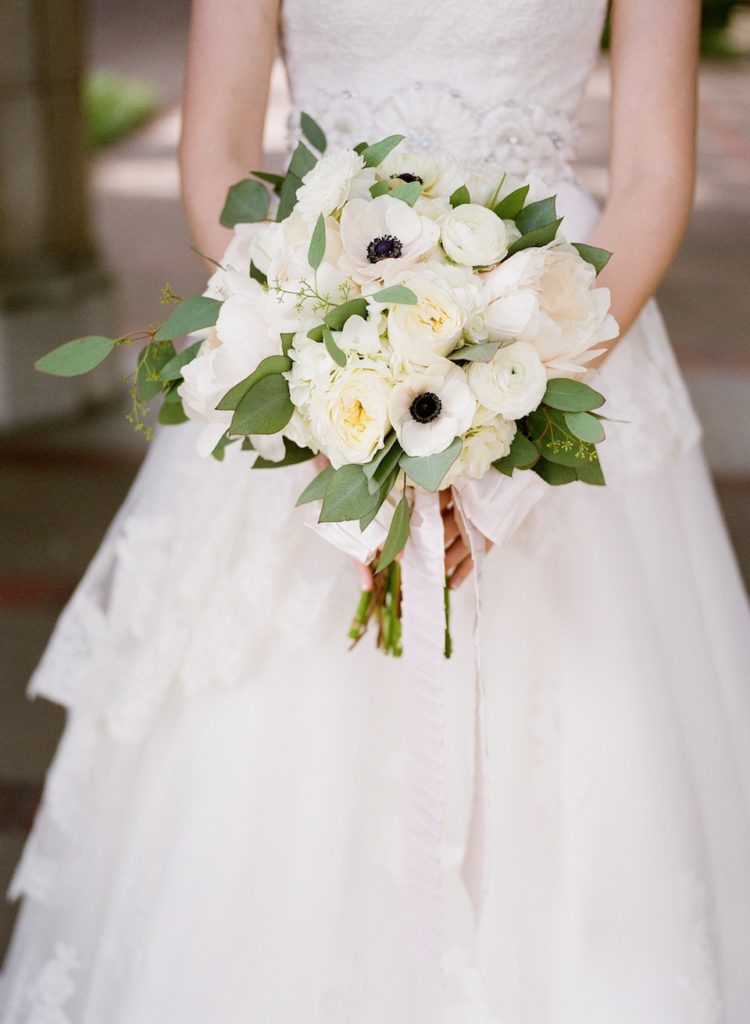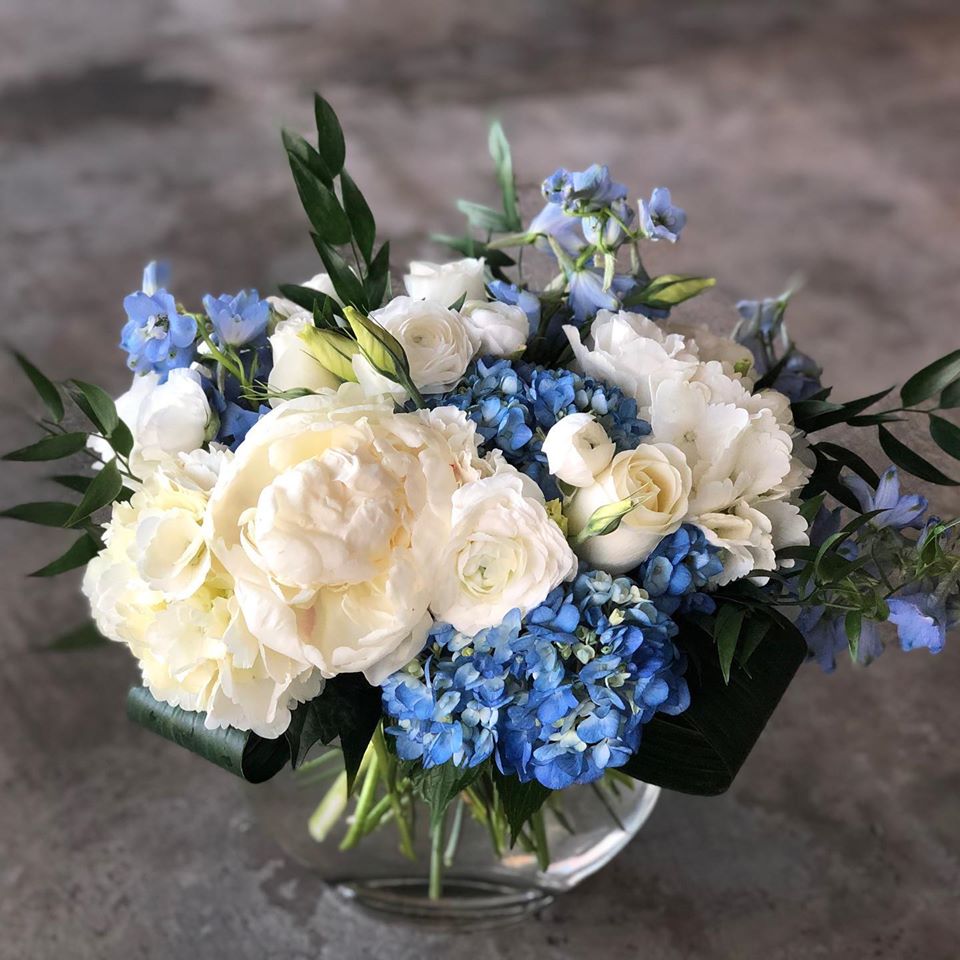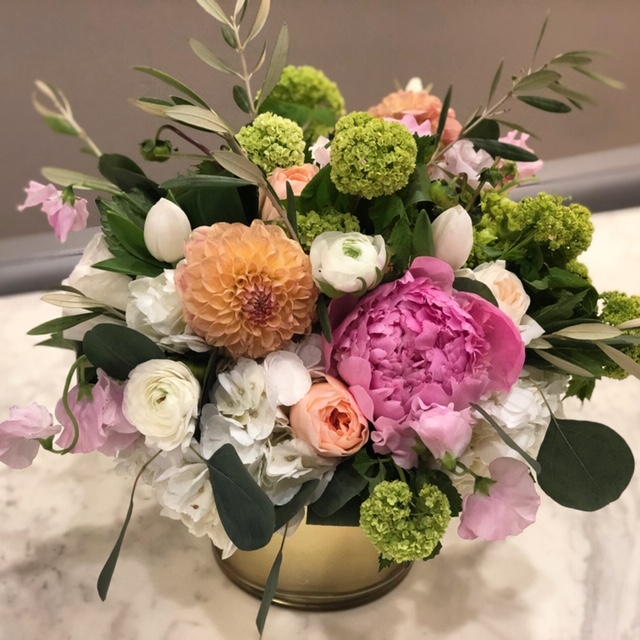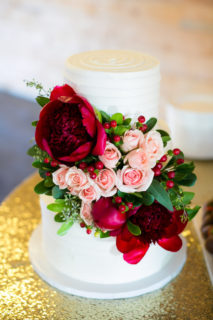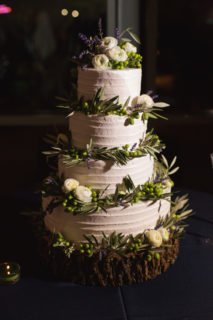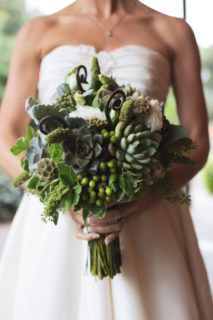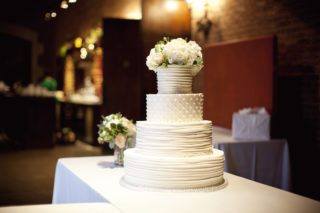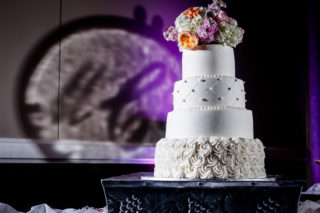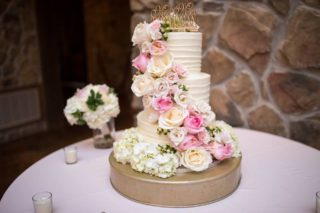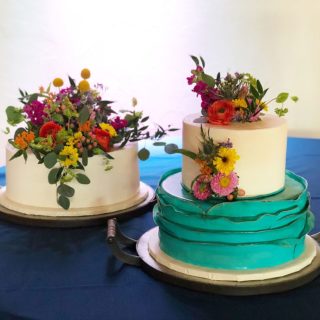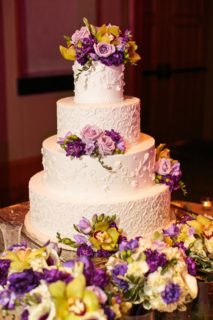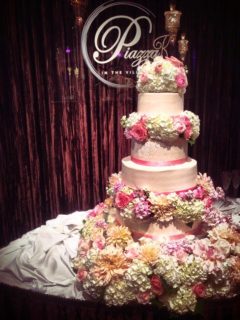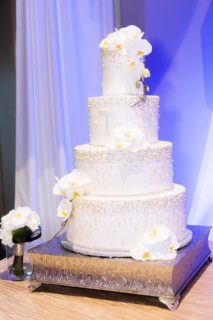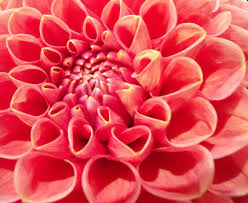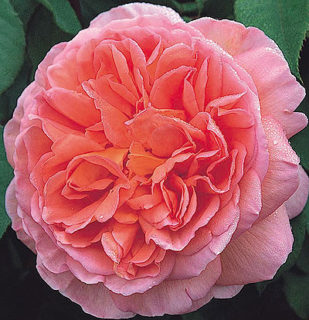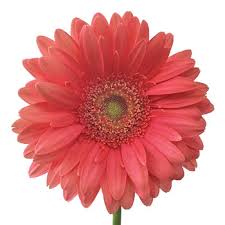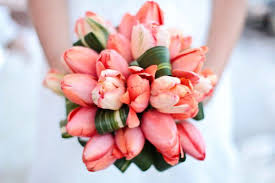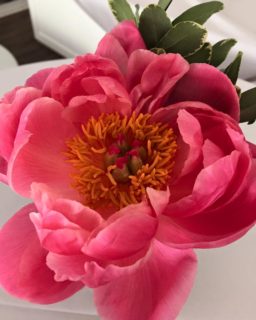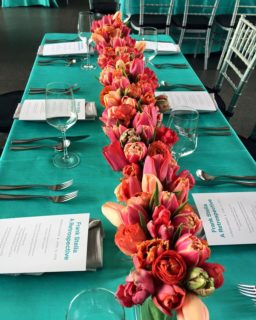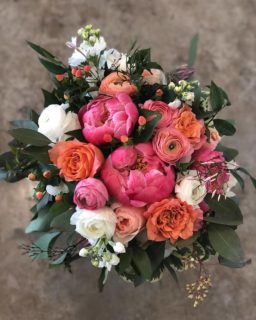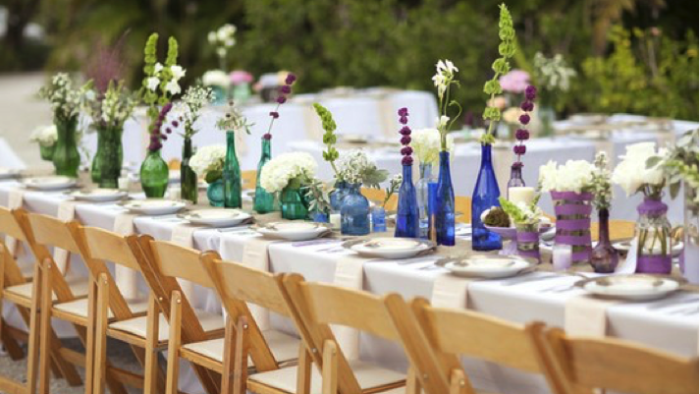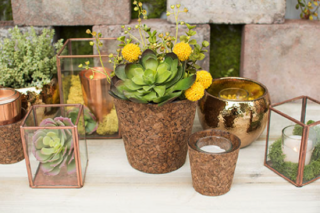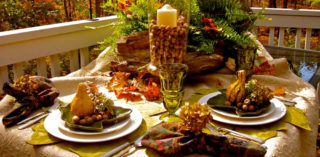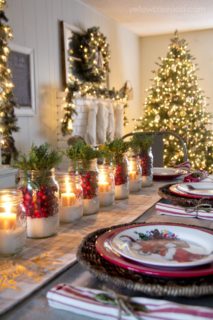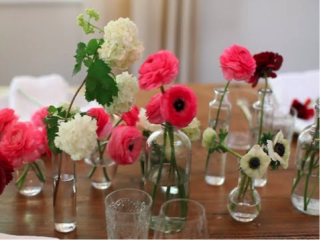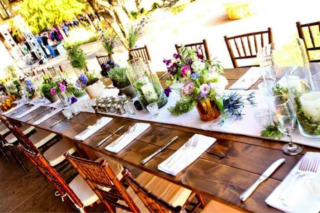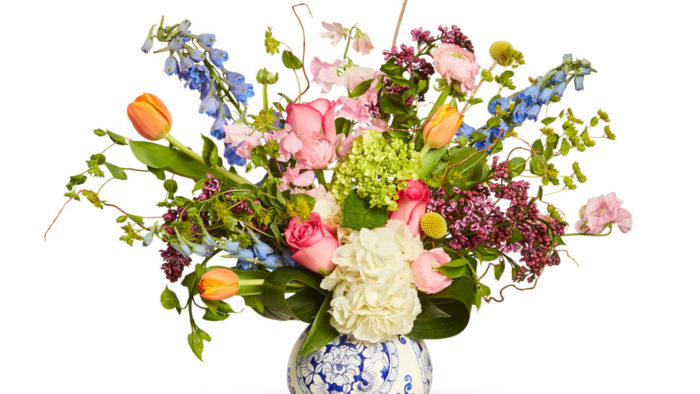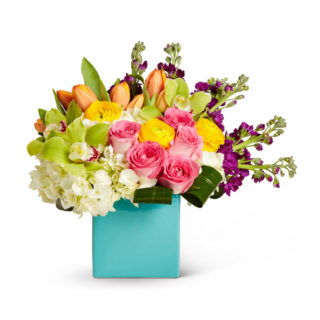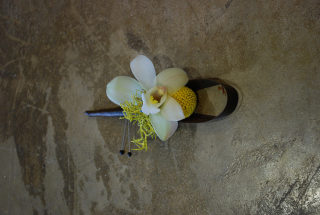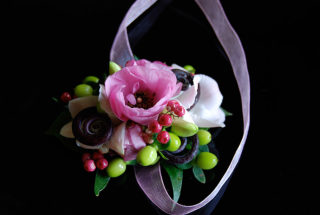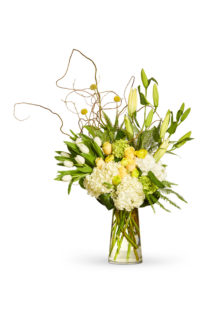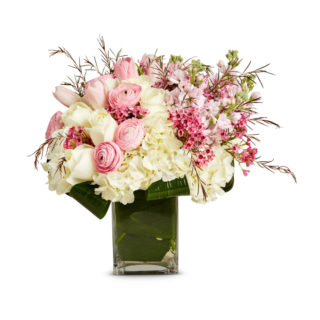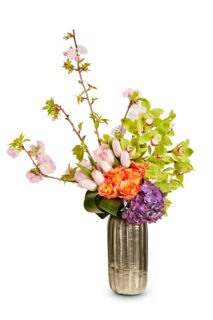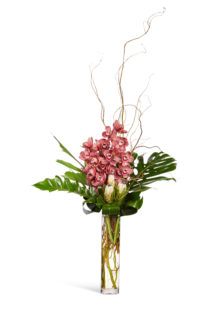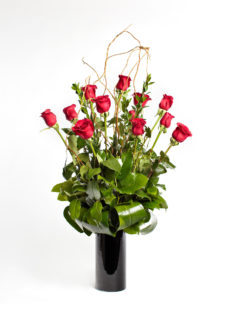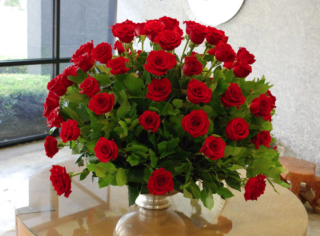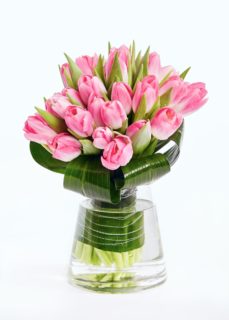Orchids are the most varied species of flower on the planet. It’s difficult to even pinpoint a number of varieties, as new ones are discovered each year, but there are an estimated 25,000 species in the orchid family. Orchids grow naturally in tropical climates, but many varieties can be cultivated in the U.S., and with a healthy green thumb, can be maintained as house plants.
When you visualize an orchid, the phalaenopsis orchid likely comes to mind. It is frequently found at garden centers, florists, and even supermarkets. It is fairly easy to grow, even for a beginner. Phalaenopsis orchids can be found in a wide variety of colors, from pure white, pinks and purples to apricot, orange, salmon, and yellow.




ORCHID CARE
Lilium customers frequently ask about how to care for potted orchids. When we deliver a potted orchid, we include an Orchid Care card with general instructions. We recommend placing the plant in bright indirect light. Fill a spray bottle with about 5 ounces of room-temperature water. Gently lift the leaves and mist the roots. Do not spray the leaves or flowers. Allow soil to dry out completely before watering again. Orchids do not like to stand in water. After the blooming cycle is over, continue to mist weekly to encourage future blooms.
There are some conflicting opinions about watering methods. Some orchid sellers and websites recommend watering orchids using ice cubes. Using ice cubes allows water to slowly drip onto the roots as the ice melts. However, orchids are tropical plants that grow in warm climates, so they are not naturally acclimated to freezing temperatures. If ice directly touches the roots, it will damage them. We recommend the misting method, using tepid water.
Orchid roots are unusual. The roots are thick compared to finely webbed roots on other plants, and they are intended to be open to the air and not buried in potting soil. Orchid roots have a special covering called velamen, which acts as a sponge absorbing water and nutrients for the orchid. For most orchids, the roots are green when newly hydrated, silver-green, or white when healthy, but dry. Mushy, limp orchid roots indicate overwatering. Likewise, the roots should not be tan or brittle – this signals underwatering.

BLOOM cycle
In spite of the vast variety of orchids in the world, every orchid has something in common: it is bilateral symmetric, meaning it has mirroring halves. If you divide any orchid bloom from top to bottom, you will have two identical halves.
Most orchid plants bloom just once a year. Blooms last, on average, six to eight weeks. Many will discard the bare plant, or replace it with a blooming one. However, orchids will rebloom given care and patience. After blooms drop, prune the dead stems and nodes (yellow, brown or shriveled in appearance). The dead stems will not produce blooms, and may inhibit new growth. Water the plant just as you do when it is blooming, every one to two weeks, allowing it to dry out between watering. Patience will be rewarded with new blooms in eight to 12 months.

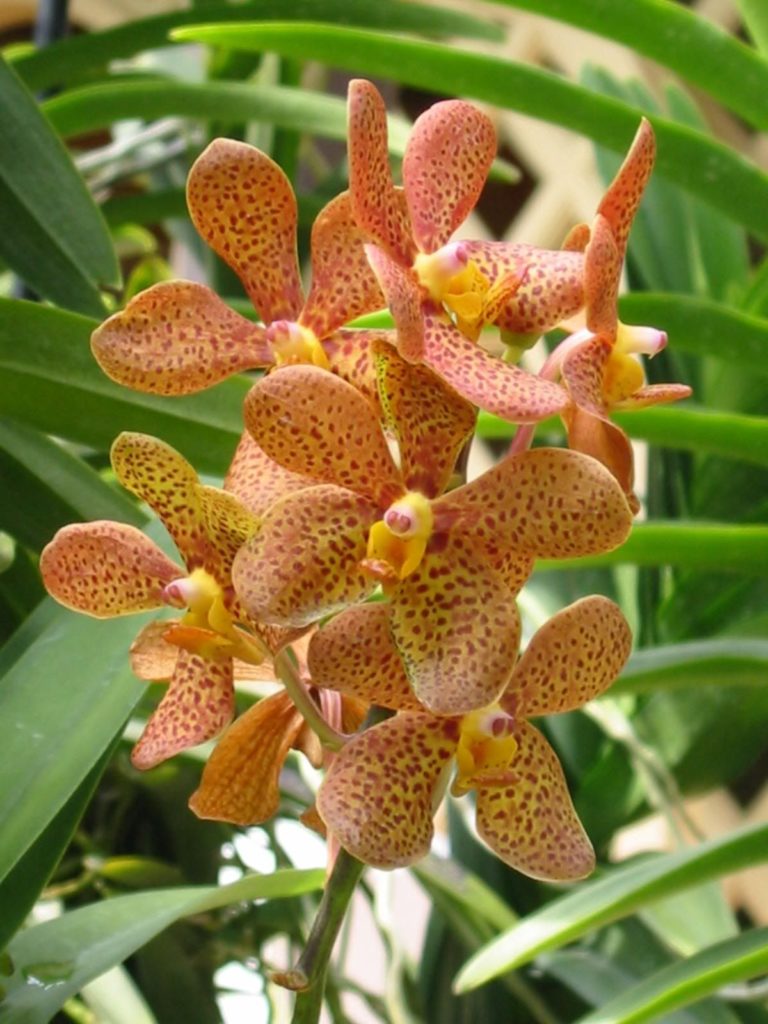

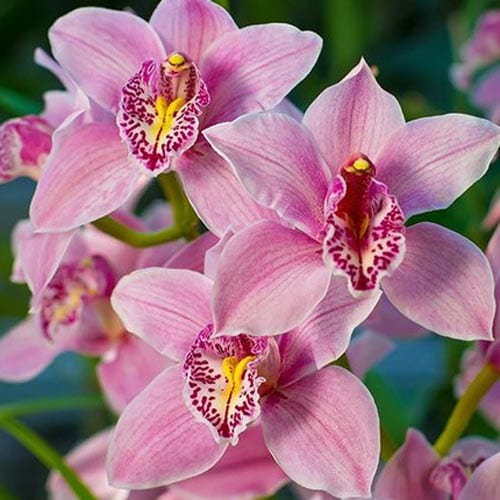

cut orchids
With their striking colors, patterns and shapes, orchids often steal the show in fresh arrangements. They are equally at home in tropical arrangements, or paired with more traditional florals like roses, hydrangea and tulips. Lilium designers love to incorporate orchids of all colors and varieties into custom arrangements.
FUN FACTS ABOUT ORCHIDS

- Vanilla comes from orchids (Vanilla Planifolia), and is the only variety of orchid yielding an edible product.
- Orchids grow on every continent except Antarctica
- Orchids are hypoallergenic (their pollen is not airborne)
- The tallest species of orchid is the Sobralia altissima in Peru, which can grow 44 feet tall
- Orchid seeds are about the size of a dust particle, so it can take years for an orchid to bloom from seeds.
- According to the Guinness Book of World Records, the record is 91 blooms on a single plant.

